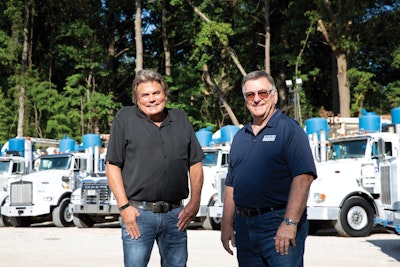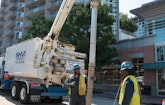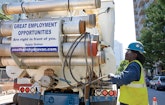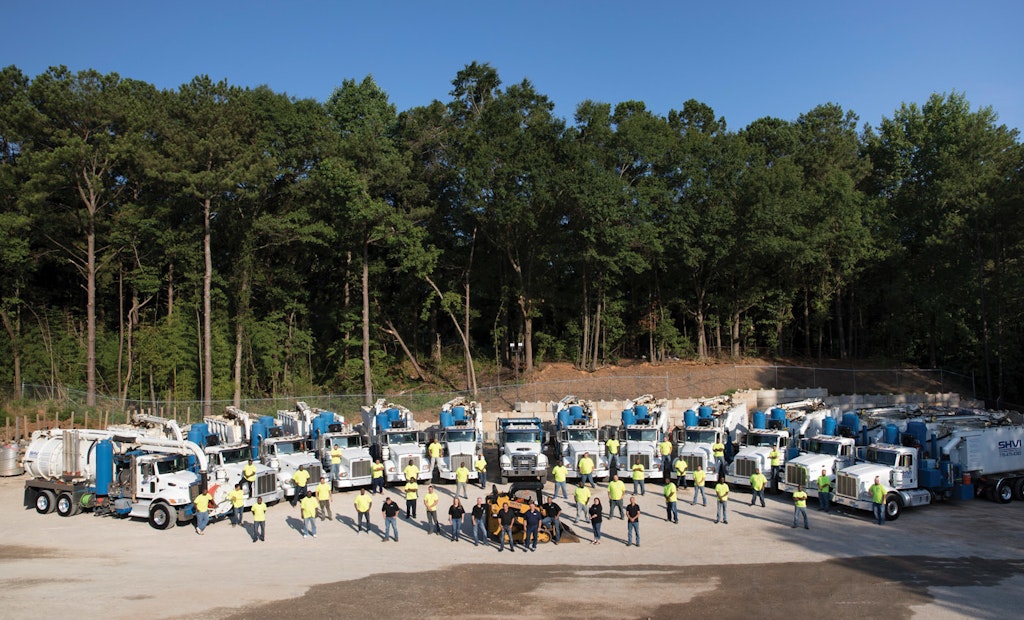To deliver better value to customers, Southern Hydro Vac relies on a two-pronged strategy aimed at maximizing productivity and equipment uptime: investments in technologically advanced equipment and comprehensive training that helps employees fully utilize the equipment’s...
Climbing the Ladder
Georgia contractor gives employees a path to success that feeds its own growth in the hydroexcavation market
Popular Stories
Discussion
Comments on this site are submitted by users and are not endorsed by nor do they reflect the views or opinions of COLE Publishing, Inc. Comments are moderated before being posted.










